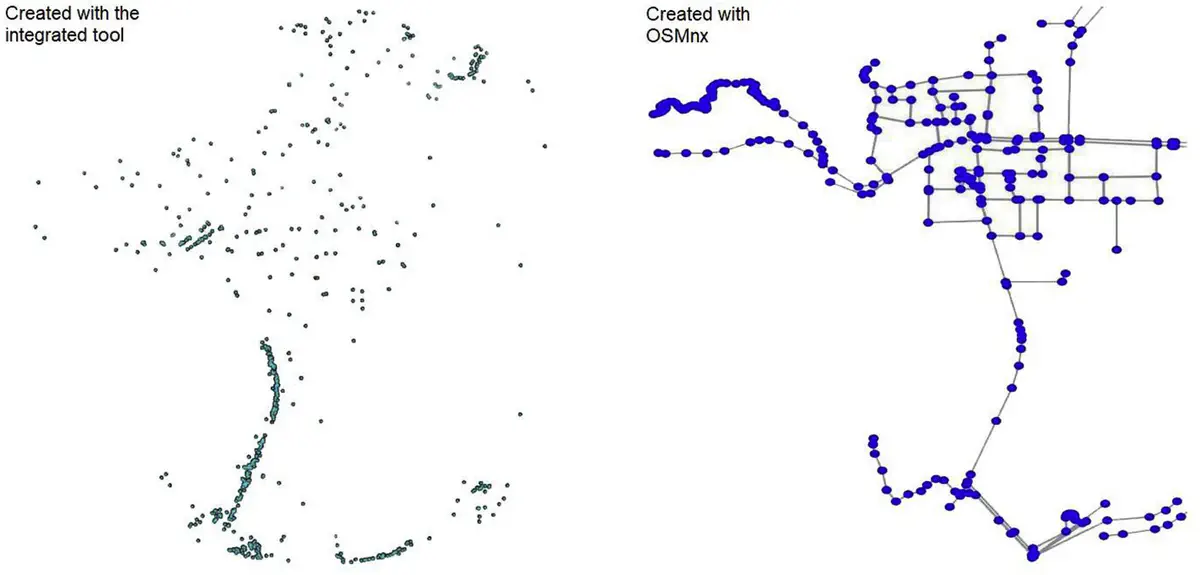BIM Collaboration and Innovation for Sustainable Built Environment
Integrating Dynamo BIM and Web Service API for assessing building surroundings in early stages.
 Image credit: [Jingming Li]
Image credit: [Jingming Li]Overview
Tools based on BIM and Location Based Services (LBSs) have been developed to estimate energy consumption for material transportation and the surrounding density of the sites. However, the tools are not programmable and limited by their serving phases.
This requires solutions that have the flexibility to run site analysis on social surroundings and the compatibility of user programming in the early design stage. Integrating visual programming and web service Application Programming Interface (API) can fulfill the requirements of evaluating publicly available diverse uses of sites and custom coding.
This study introduces the method for integrating Dynamo BIM and Amap web service APIs for the evaluations of publicly available diverse uses and transportations. Additionally, implementations of use cases are demonstrated including assessments of Access to Quality Transit and Diverse Uses in LEED v4. Results from the integrated tool are analyzed and validated with survey results. The analysis of results indicates that the integration method introduced in this paper is effective. The limitations, potentials, and future developments are also discussed. The integration of Dynamo BIM and web service APIs might be useful for site assessments in the early design stage or even earlier.
Framework
- 👉 Problem: Why integrate Dynamo BIM and Web service API to assess the location, transportation, and surrounding services of an address in the early design stage
- 📚 Implementation: What are Dynamo BIM and Web service API
- 💬 Methodology: How to integrate Dynamo BIM and web service API
- 🐦 Use case approach and validation: How to use the integrated tool for the assessments
- 💡 Discussions: Potential uses, limitations, and future directions